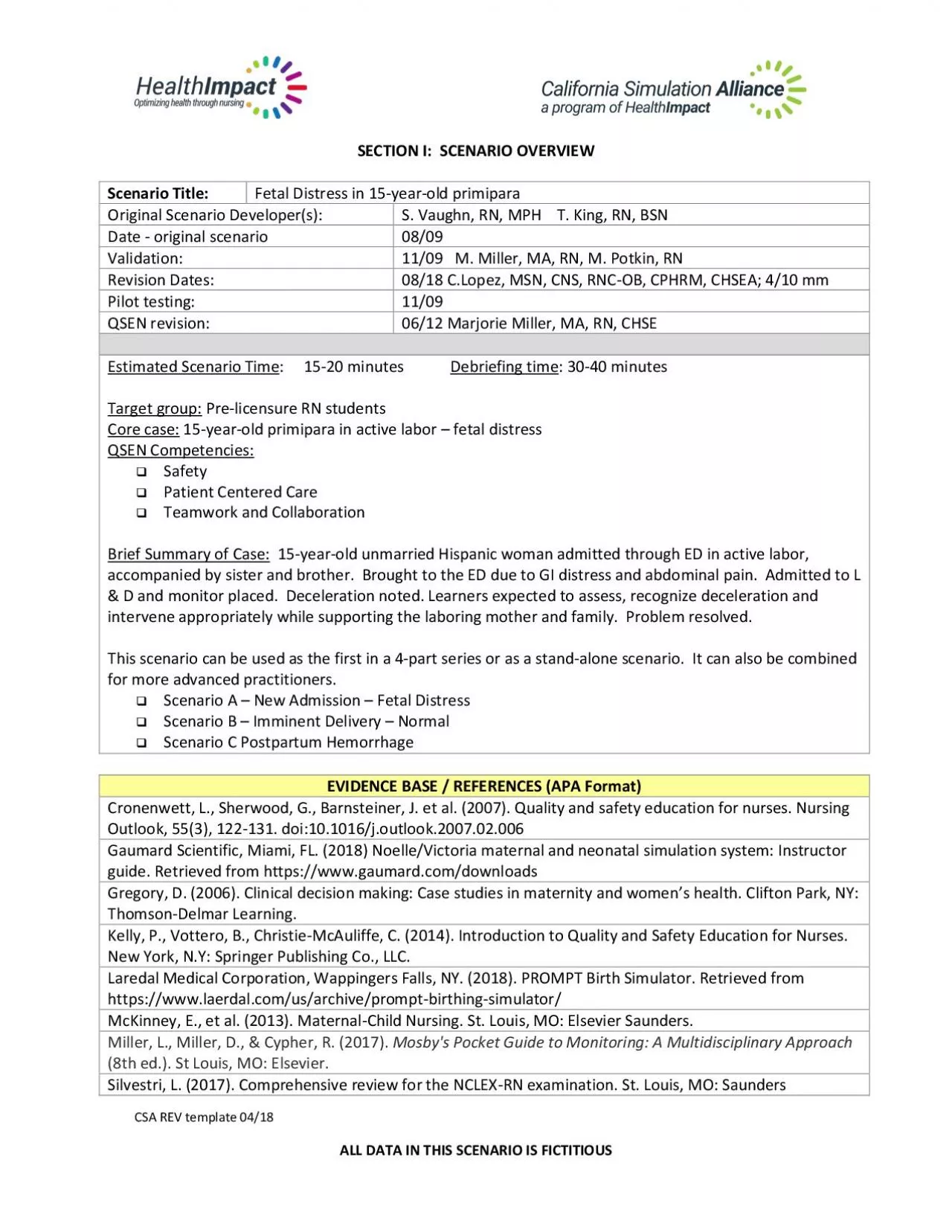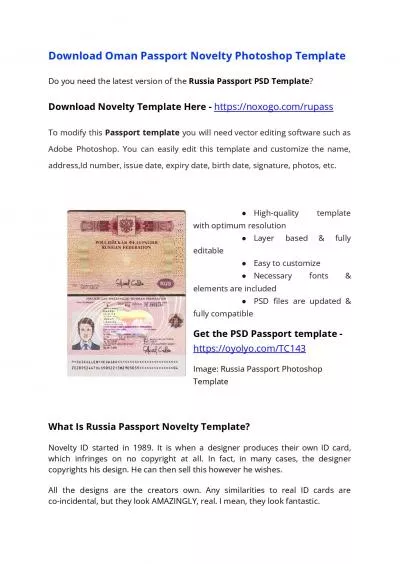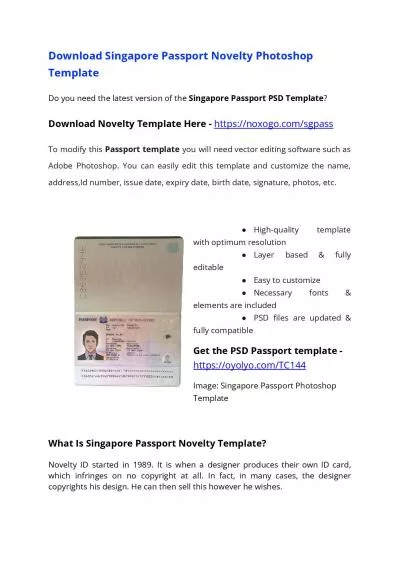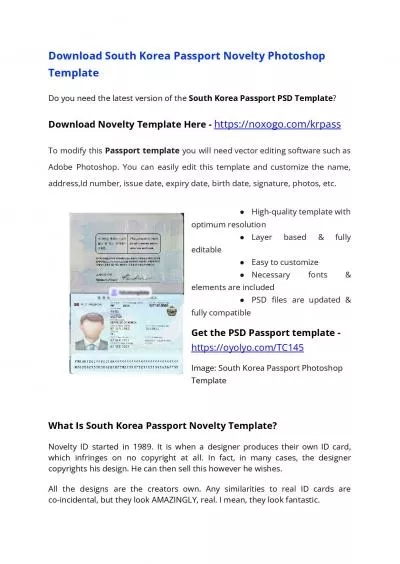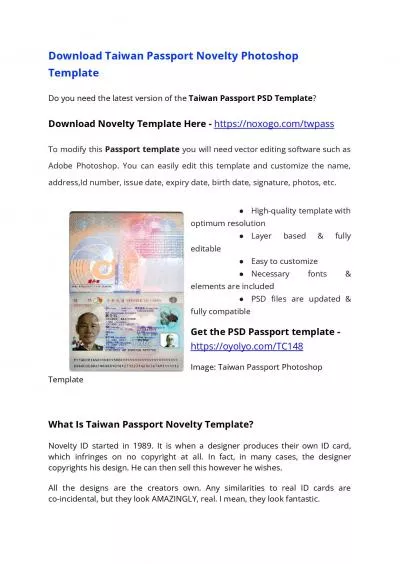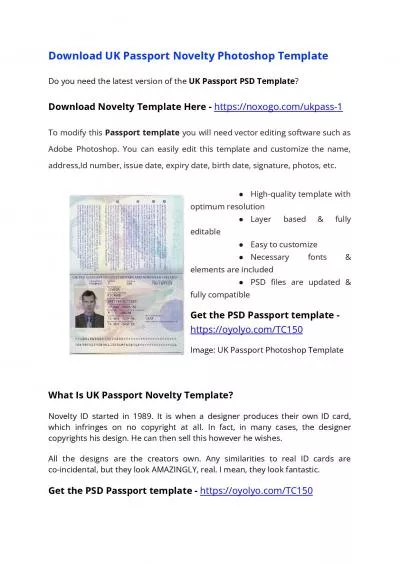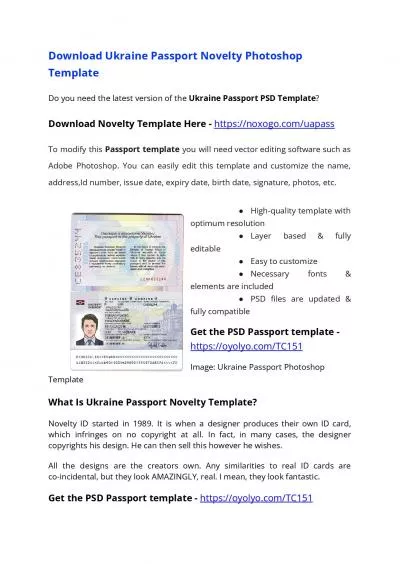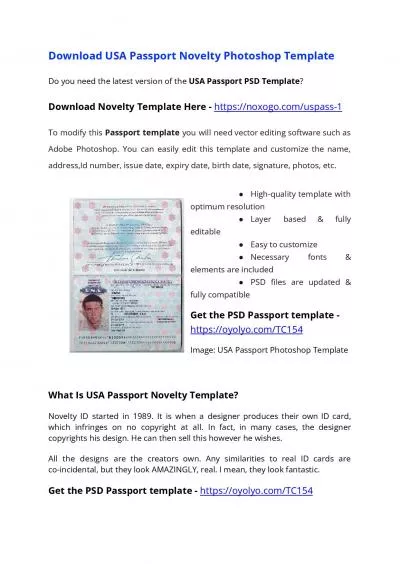PDF-x0000x0000CSA REV template 0418
Author : ash | Published Date : 2022-09-21
Scenario Title Fetal Distress in 15 year old primipara Original Scenario Developers S Vaughn RN MPH T BSN Date original scenario 08 09 Validation 11 0 9 M Miller
Presentation Embed Code
Download Presentation
Download Presentation The PPT/PDF document "x0000x0000CSA REV template 0418" is the property of its rightful owner. Permission is granted to download and print the materials on this website for personal, non-commercial use only, and to display it on your personal computer provided you do not modify the materials and that you retain all copyright notices contained in the materials. By downloading content from our website, you accept the terms of this agreement.
x0000x0000CSA REV template 0418: Transcript
Download Rules Of Document
"x0000x0000CSA REV template 0418"The content belongs to its owner. You may download and print it for personal use, without modification, and keep all copyright notices. By downloading, you agree to these terms.
Related Documents

